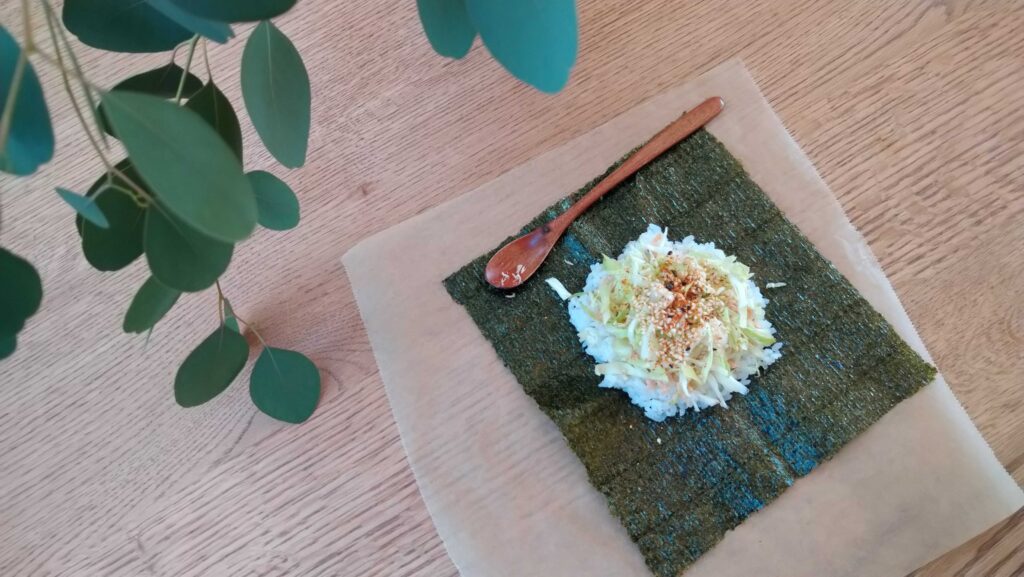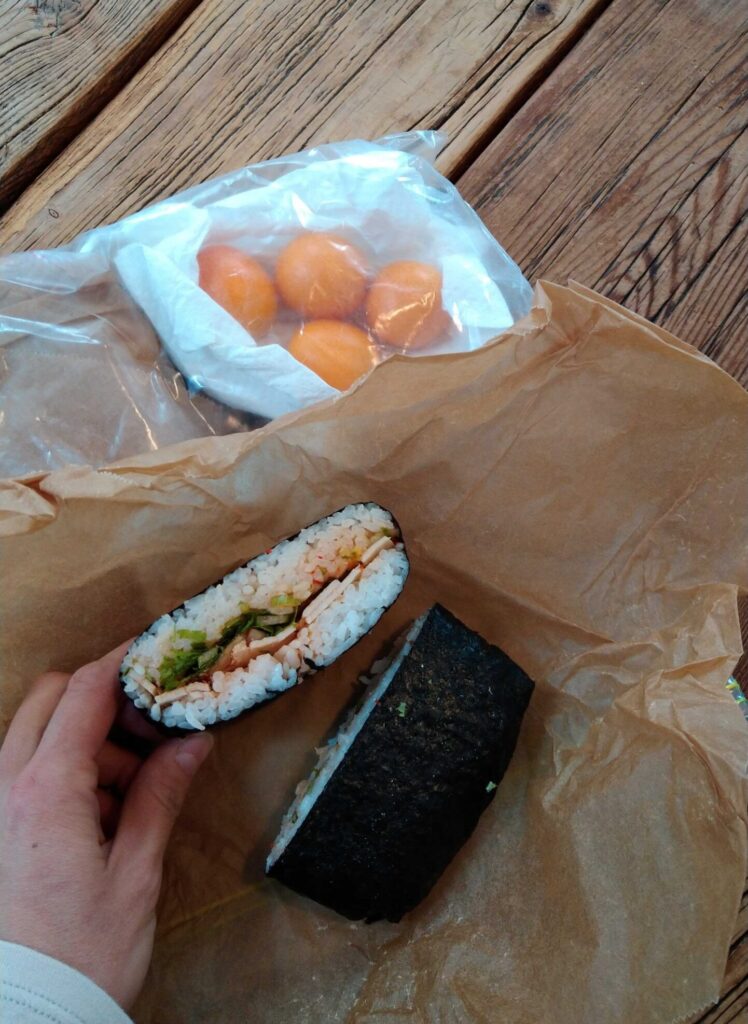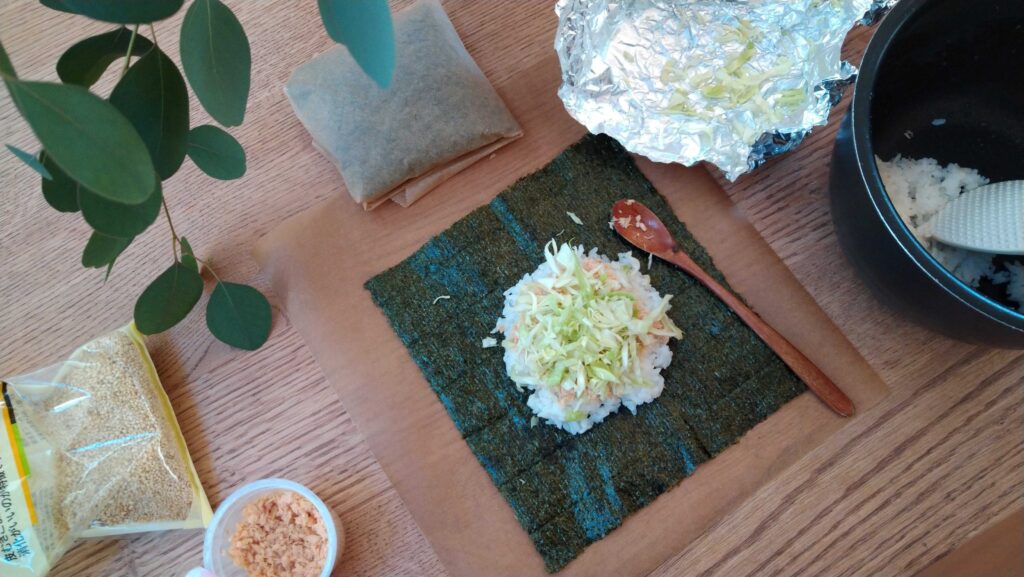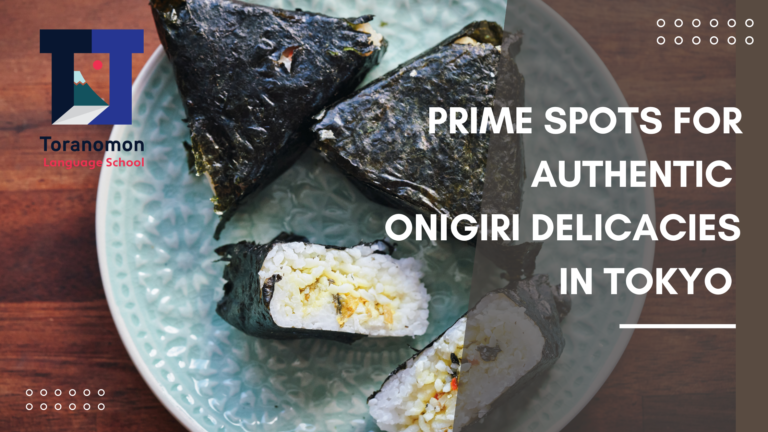Hi there, rice ball enthusiasts!
If you’ve ever savored the delight of a convenience store Onigiri, you know the joy of its convenient, low-calorie, and budget-friendly goodness—packed with Japanese sweet rice, savory nori, and a delicious filling, all for around 100 yen.
But hold onto your chopsticks, because Tokyo has a secret stash of Onigiri spots that’ll take your taste buds on a journey.
Picture this: unique flavors like “Ikura”, “Tuna Mayo”, “Shake,” and “Umeboshi,” are served up in shops dedicated to perfecting the art of rice ball bliss.
In this article, we’re spilling the beans on 5 of Tokyo’s best-kept onigiri secrets.
Ready to explore? Join us on a journey through cosy corners of culinary creativity, where every taste bud will be delighted by an unexpected discovery!
> A trendy onigiri specialty cafe in Nakameguro! Onigily Cafe.
> ” You’ll find yourself smiling involuntarily as you take a gentle bite of the warm, plump, and large onigiri.” Made with Koshihikari rice produced in Niigata Prefecture!
> Yadoroku is the oldest onigiri specialty restaurant in Tokyo. It has a long history, having been established in 1954, and was the first onigiri specialty restaurant to be listed in the Michelin Guide.
>The rice balls are made using a custom-built yaki onigiri machine, resulting in a crispy outer layer like a rice cracker and a fluffy interior.
>Cute, small, and varied onigiri. They are easy to eat and priced at 110 yen each, making you want to try them all!
Have you heard or seen “Onigirazu”?


Onigirazu is a type of Japanese food that differs from traditional onigiri (rice balls) in that it is made without shaping the rice by hand. While onigiri is characterized by being shaped by hand, Onigirazu eliminates this step and is made by simply wrapping rice and ingredients with nori (seaweed).
Origin of Onigirazu
Onigirazu first appeared in volume 22 of the Japanese anime “Cooking Papa” in 1991.
It is said that the wife of the author, Tochi Ueyama, came up with the idea. When trying to make onigiri with freshly cooked rice, the rice was so hot that it would burn her hands, so she thought of a way to make it without shaping it by hand.
How to make Onigirazu (sushi sandwich)?
The steps to make Onigirazu are as follows:
- Spread the nori: Spread out a large piece of nori.
- Add rice: Place rice in the center of the nori and spread it thinly.
- Add ingredients: Place your favorite ingredients on top of the rice. You can use various ingredients such as tuna with mayonnaise, pickled plums (umeboshi), grilled meat, rolled omelets, vegetables, etc.
- Add more rice: Add a little more rice on top of the ingredients.
- Wrap: Fold the four corners of the nori towards the center to wrap everything up. Shape it neatly and wrap it with cling film to ensure it stays well-contained.
- Cut: Cut the wrapped onigirazu in half to reveal the beautiful layers of ingredients.

Onigirazu is not only easy to make but also offers a wide variety of ingredient options and has a colorful appearance. It is a popular dish for bento boxes, picnics, and busy breakfasts.
Onigiri and Onigirazu are a delightful Japanese treat that’s not only healthy and budget-friendly but also incredibly accessible. These rice balls make the perfect travel companion, offering a satisfying and convenient snack to keep you fueled on your adventures!
“Having traveled all the way to Japan, I’m eager to immerse myself in the language while exploring the sights! I want to keep things relaxed, though, without a packed schedule.”
Luckily, there’s a perfect solution: you can spend a few hours morning learning Japanese, and then the rest of the day is yours to enjoy Tokyo’s endless adventures.
There are actually the courses designed just for that!
Learn Japanese in the morning (For adults and kids!), and explore in the afternoon!
Located in Tokyo’s vibrant Toranomon, our course focuses on practical Japanese phrases and speaking skills for daily use in a relaxed, friendly atmosphere, enhancing your enjoyment and comfort in Japan.
Walk & Learn Japanese: In a 2.5-hour program combining textbook learning and real-world experiences, you and your kids can gain practical Japanese skills to explore Japan independently.
Led by professional bilingual teachers, strengthen all four core Japanese skills through personalized consultations and engaging activities, including a weekly ‘Walk and Learn’ outing.
Find out more on the posts below:


